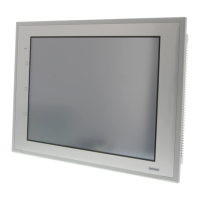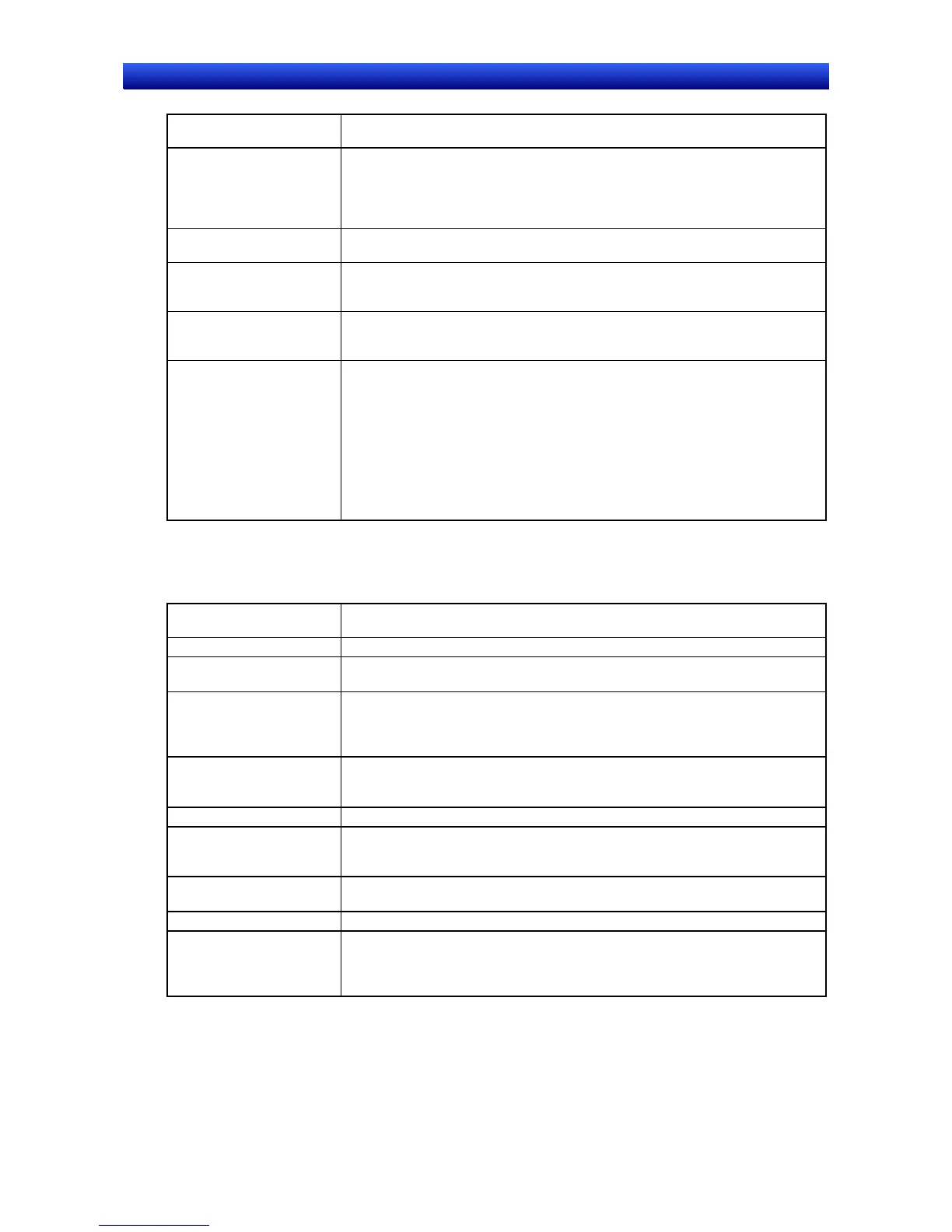

Do you have a question about the Omron NS and is the answer not in the manual?
| Power Supply | 24 VDC |
|---|---|
| Display Size | 5.7 to 12.1 inches (depending on the model) |
| Resolution | 320 x 240 to 800 x 600 |
| Touchscreen Type | Resistive |
| Display Type | TFT LCD |
| Communication Interfaces | RS-232C, RS-422/485, Ethernet, USB |
| Memory | Flash memory |
| Operating Temperature | 0 to 50°C (depending on the model) |
| Storage Temperature | -20°C to 60°C |
| Protection Rating | IP65 (front panel) |
| Dimensions | Varies depending on the model |
| Weight | Varies depending on the model |
| CPU | Proprietary Omron CPU (performance varies depending on the model) |
Outlines critical precautions for safe operation and potential hazards associated with the product.
Details the product warranty and outlines limitations on OMRON's liability regarding product use.
Introduces the NS-Designer as a software package for creating and maintaining screen data for NS-series PTs.
Details the hardware, operating system, and software requirements for installing and running NS-Designer.
Explains the project structure, types of objects (fixed, functional, table, frame, background), and library registration.
Lists the system requirements and checks to perform before installing NS-Designer.
Provides detailed steps for installing the NS-Designer software, including references to CX-One.
Details the steps for creating a new project, including selecting the PT model and system version.
Explains how to open existing projects from the File menu or by double-clicking an IPP file.
Describes the procedures for saving the current project file, including precautions for naming.
Covers common operations for screens, including setting properties like title, size, and background.
Details the procedures for creating new screens, reusing existing ones, and saving screen data.
Details the process of placing functional objects on a screen and setting their properties.
Explains how to draw basic graphical objects like rectangles, lines, polygons, and arcs.
Covers fundamental editing operations such as Undo, Redo, Cut, Copy, Paste, and Delete.
Introduces functions for changing object size, position, alignment, and grouping.
Details how to allocate and set addresses for functional objects for display and data storage.
Explains how to use the Address Setting Dialog Box to specify host names, area types, and addresses.
Covers registering new hosts and editing existing host connections for PLC communication.
Details how to register macros for projects, screens, and functional objects, including execution conditions.
Describes how to test screen data operation without transferring to the PT, covering test execution and screen setup.
Details how to set up validation parameters, including when to check and what items to check for errors.
Describes methods for transferring screen data and system programs between NS-Designer and the PT.
Provides procedures for downloading and uploading entire projects between NS-Designer and the PT.
Details the process of exporting functional object properties to CSV files for batch editing.
Explains how to reimport edited CSV files to update functional object properties in a batch operation.
Covers methods for creating multi-language screens, including inputting characters and using CSV files.
Lists error messages displayed by NS-Designer and provides probable countermeasures for troubleshooting.